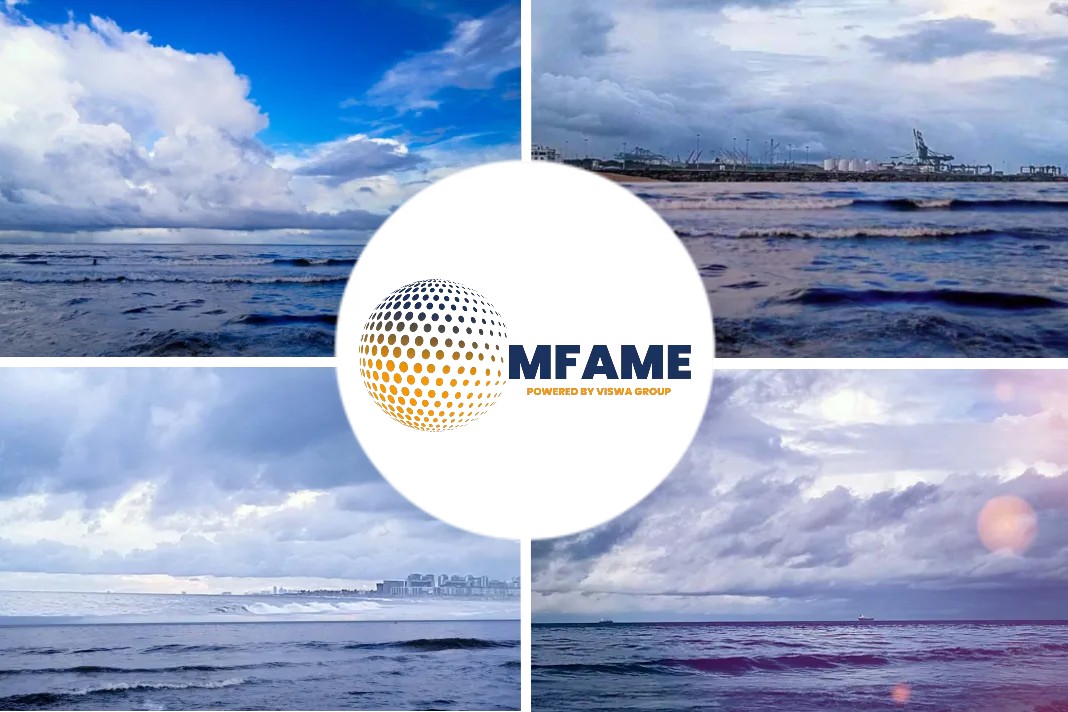If there’s one thing China does well, it’s infrastructure. And one of China’s biggest infrastructure projects is the New Eurasian Land Bridge (NELB) connecting Chinese exporters to European markets. The NELB consists of a series of rail corridors running some 7,500 miles (12,000 kilometers) from Yiwu in eastern China to western European destinations like Duisberg, Madrid and even London. The trip takes about two weeks.
China plans to send 4,000 trains westward to Europe in 2018, up from 3,271 in the first 11 months of 2017. Pro rata, that represents an annual growth rate of around 10% per year. As with all container traffic out of China, more than half of the trains return empty.
The New Eurasian Land Bridge is part of China’s One Belt, One Road (1B1R or OBOR) initiative to improve transportation links between China and the rest of the continent. It is a branch of the New Silk Road Economic Belt across Eurasia. The complementary 21st Century Maritime Silk Road consists of sea routes to Africa and the Mediterranean.
Breathless news reports of NELB rail routes write of small trains hauling around 40-50 forty-foot containers each. In full operation the trains might be larger (some trains carry more than 200 containers). Assuming that the typical NELB train carries an average of 100 containers next year, total traffic on the route could amount to around 400,000 containers.
Given that a medium-sized container ship carries around 4,000 forty foot containers (8,000 twenty-foot equivalent units, or TEUs), the maximum annual cargo capacity of the New Eurasian Land Bridge probably amounts to the equivalent of roughly 100 ships a year.
China does not report any firm figures for NELB container traffic. German and Russian statistics suggest that the NELB ships less than 100,000 containers a year. To put that in perspective, the Port of Shanghai handles around 100,000 containers a day.
So the total capacity of the NELB represents at best just four days’ business for Shanghai, at worst less than one day. Shanghai builds more new port capacity every year than the entire capacity of the NELB. You just can’t beat sea freight for volume.
Or for price. Rail freight on the NELB costs five times the price of sea transportation from China to Europe, and lacks the climate control facilities that are available on ships. An often repeated brag is that NELB rail freight costs half the price of air cargo, but two weeks by rough rail hardly compares with two days by air. And given that Chinese subsidies for the NELB are rumored to be as high as 50%, the true economic cost of trans-Eurasian rail freight may equal that of shipping the same cargo by air.
If the New Eurasian Land Bridge makes no economic sense, why is China working so hard to promote it? The reality is that China is still very much a centrally planned economy, and the Communist Party planners in charge make the economy serve their political imperatives.
Chinese President Xi Jinping has made 1B1R his signature foreign policy program, so it must succeed. And if success is measured in press releases and think tank reports, the New Eurasian Land Bridge has already outperformed. But if you actually have a container to ship from China to Europe, you might want to book by sea. That is, unless you also have a foreign policy to promote along the way.
Did you subscribe for our daily newsletter?
It’s Free! Click here to Subscribe!
Source: Forbes

















